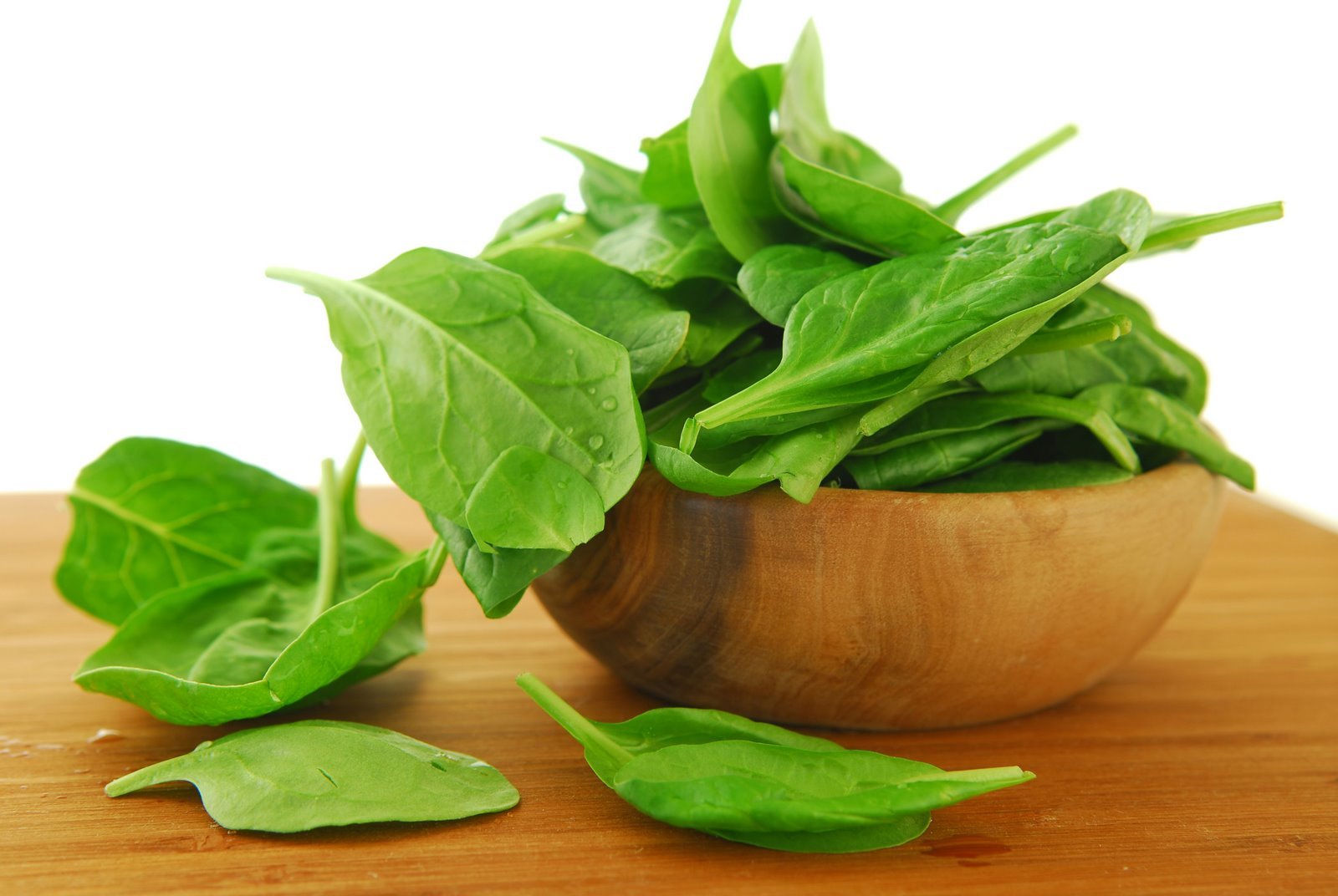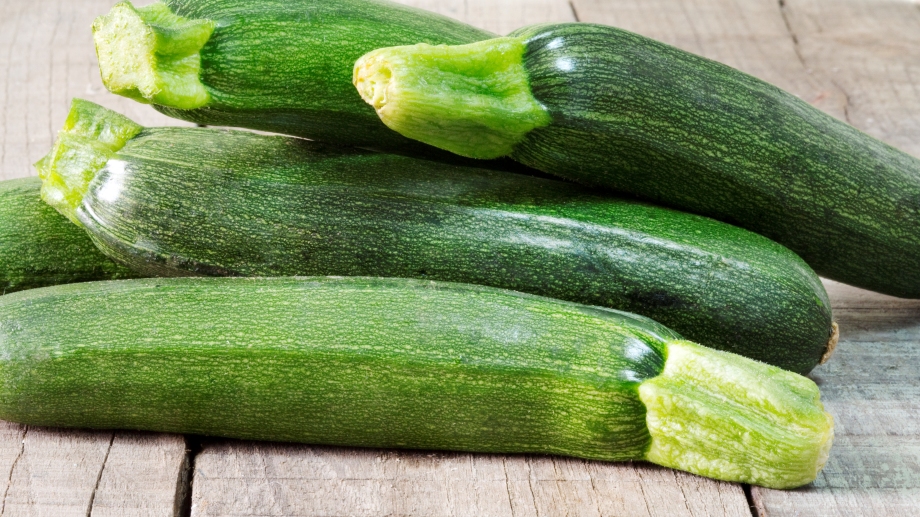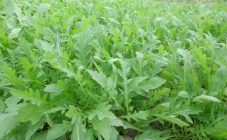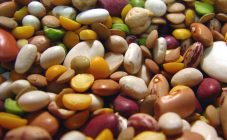Content:
Anemone (anemone) is a perennial herbaceous flower culture. She belongs to the Buttercup family. Its genus unites more than 160 different varieties, which differ in different flowering periods. The name of the flower, translated from Greek, means "wind" or "daughter of the winds". This is because even a weak breeze causes the petals to flutter. The natural habitat of plants is regions with moderate climatic conditions in both hemispheres. Anemones grow on the plains, as well as in mountainous areas.
Anemones growing and care in the open field
Anemone is divided into two groups - rhizome and tuberous species. They also differ in terms of flowering: spring, as well as summer-autumn varieties.
Anemones flowering season
Spring varieties do not bloom for long. They appear in April. They bloom very amicably in May. They go to rest in July, but their leaves remain green until autumn. The most common types:
- tender anemone, popular varieties: Blue shades (blue), White splendour (white), Charmer (pink);
- oak anemone;
- buttercup anemone.
Summer-autumn types include:
- hybrid anemone, popular varieties Honoreni Jobert, Queen Charlotte, Profusion;
- crown anemone, varieties Lord Jim, Don Juan, Mr. Fokker, De Kaen, Holland (popularly called anemone).
- Japanese anemone, varieties Prince Henry, Pamina.
Growing conditions
Before planting an anemone, you should choose a place for it, prepare the soil. It is necessary to choose a spacious, shaded, well-protected area from winds and drafts for the anemone.
Anemones prefer light, fertile, humus-rich, loose, drained soil. Loams or deciduous ones, with the addition of peat and soil, are best suited. To improve the structure of the soil, ordinary sand can be added. Dolomite powder or wood ash will help reduce acidity.
Reproduction of anemones
You can propagate anemone by seeds, tubers, as well as by dividing the rhizome, bush. The first option is considered the most unpromising (germination rate of only 25%). Still, you should pay special attention to it.
Propagation of anemones by seeds
- After collecting the seeds, it is necessary to stratify them, and simply keep them in the cold for 1–2 months. This procedure will improve their germination;
- It is necessary to mix seeds (1 part) with coarse sand or peat (3 parts). Moisten well with water. In the future, spray every day from a spray bottle to maintain humidity;
- When the achenes are swollen, they are mixed with a small amount of the substrate, sprayed, and transferred to a well-ventilated room. Permissible temperature is not more than 5 degrees;
- A few days after the sprouts hatch, the pot of seedlings is taken out into the yard. Buried in snow or ground, covered with sawdust or straw;
- In early spring, the achenes are transplanted into containers to germinate.
You can do it easier.
- In autumn (early October), seeds are sown in boxes filled with loose, moist soil (sand and peat). They do not deeply deepen;
- They are dug in in the yard, covered with leaves, spruce branches. So they freeze naturally;
- In the spring, sprouted achenes are dug up, planted in a garden bed or in pots. They will bloom only 3 years after planting;
- Seedlings are planted in open ground, when each sprout will have at least 2 leaves.
Breeding anemones will simplify the purchased seeds, they do not require stratification.
- The acquired achenes are sown in a container with nutritious loose soil, sand or peat chips. Moistened with a spray bottle;
- Cover with glass or foil. They are placed in a warm, dark place. Maintain the necessary humidity, ventilate;
- When the sprouts hatch, a month later, sprinkle them with loose earth, remove the shelter, and transfer them to a bright place. Comfortable temperature for the entire period of germination + 20-25 degrees;
- After 2-3 true leaves appear on the shoots, the seedlings dive into separate cups. Seedlings are grown in a greenhouse or greenhouse. The next year they are planted in a flower bed.
Tuber propagation
- The planting material is immersed in water. A stimulating drug is added (eg Epin, Zircon, Heteroauskin). Leave for 1-2 days;
- They make holes 5 cm deep, 30-40 cm wide. A handful of humus, wood ash is poured at the bottom of the hole;
- Place the anemone tuber in the hole with the sharp end up or sideways. Sprinkled with earth, slightly compacted. Water the planting well;
- The distance between plants should be at least 10-15 cm;
- Tubers are planted in spring (April - May) or in autumn (September - October). Home germination begins in February.
To breed the anemone by dividing the rhizome, you need to dig it up in the spring. Divide into 5 cm pieces. Each segment should have 1 bud. Place the segments in loose soil, deepening by 5–5.5 cm. The seedling will bloom in at least 3 years. To propagate anemone, a plant that is 4–5 years old is used.
Growing anemones outdoors
It is not difficult to care for anemones. After the flowers have been planted, it is best to mulch the bed with foliage of fruit trees or peat with a layer of 5 cm.
In the spring, plants are watered once a week. If the summer is not hot, additional watering is not needed. The exception is the crown anemone during flowering. In dry weather, irrigate daily in the morning or in the evening, after sunset.
During the budding period, as well as when the anemones are blooming, they are fed with liquid organic substances, but it is unacceptable to use fresh manure. Complex mineral mixtures are introduced in autumn. If you fertilized the beds before planting the plants, no fertilizing is needed.
The flower beds are periodically weeded with their hands so as not to damage the fragile roots.
In the conditions of the middle zone, as well as in areas with a cold climate, plants are sent for storage. Dig up tubers, rhizomes from the soil. Cut off the tops, dry the nodules.
Store in a cool, dark place in sand or peat. Temperature + 15-19 degrees. With the onset of winter, the temperature regime is reduced + 2-5 degrees.
If the flowers remain in the flower bed, the upper part of the plant is cut. The area is covered with fallen leaves or dry compost, peat, 15-17 cm thick. Cover with spruce branches.
Diseases, pests
Anemones have stable immunity, occasionally they are attacked by snails, slugs. Collect them by hand. Plants are treated with Metaldehyde.They can become infected with nematodes or moth caterpillars. They dig up the affected bushes, burn them, change the soil.
How to grow anemones at home
Growing conditions in the open field and at home are practically the same. To grow anemone as a potted plant, it is best to choose undersized varieties. Sow the seeds into seedling containers. They germinate after 3-4 weeks. When the seedlings grow up, they are planted in pots with a diameter of 20-25 cm. There will be 5-6 young bushes. Expanded clay is poured at the bottom of the container, then clay soil or soilless substrate. It is best to purchase ready-made soil in the store.
Water it sparingly once every 7 days. During active vegetation and flowering, more often - 2-3 times a week. A comfortable temperature for flowering is + 7-15 degrees. It is necessary to provide good lighting, but at the same time protect young seedlings from the bright sun. The room must be dry. It needs to be ventilated periodically. If the soil is clayey, it is fed with liquid fertilizers every 10 days, and the soilless substrate is fed once every 5 days. To make the anemone bloom magnificently, they cut off the withered buds.
[alert color = "yellow" icon = "thumbs-o-up"]Note! Have anemones seasonality of flowering at home - up to six months. [/ alert]
When the plants bloom (late August - early September), the tubers are removed from the containers, dried, and transplanted into a flower bed. Since anemones are seasonal crops.
Tips from experienced florists
It is advisable to dig up anemones after the aerial part has completely dried out. Sudden wilting, as well as yellowing of the foliage, indicates that the soil lacks nutrients. It is necessary to feed the flowers with potassium-phosphorus fertilizers. Also, the leaves can turn yellow from lack or excess of moisture.
The ideal daylight hours are 12-14 hours. If the flowers are grown at home, additional lighting must be provided.
Growing anemones is not difficult. It is enough to follow all the rules of planting and care.
















